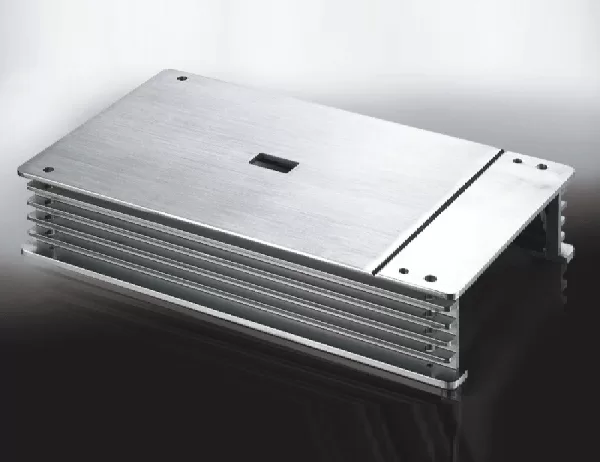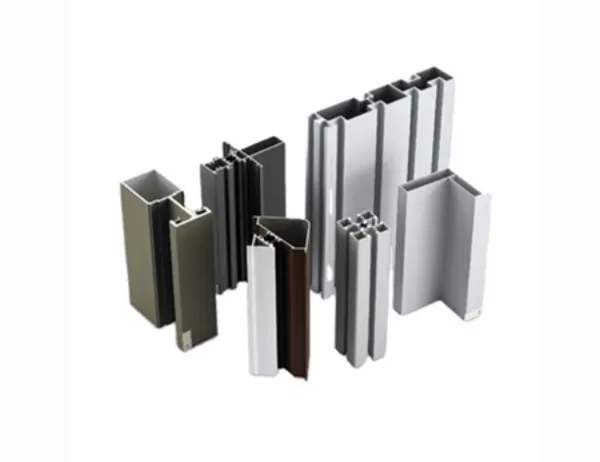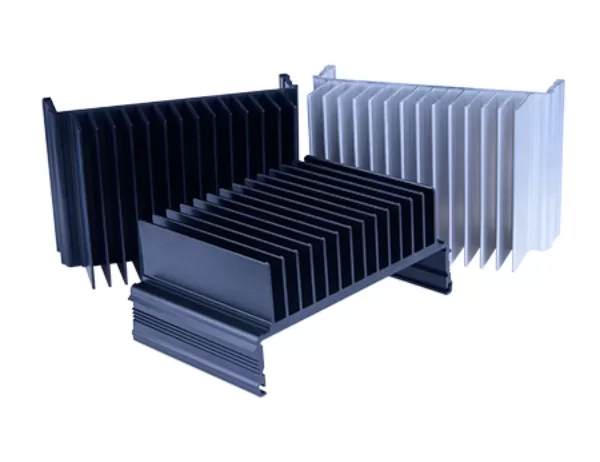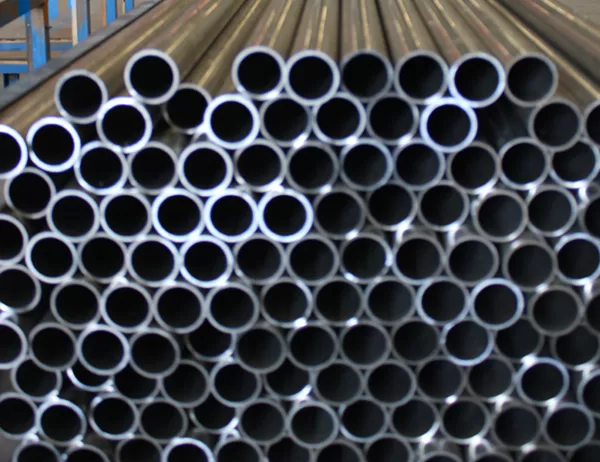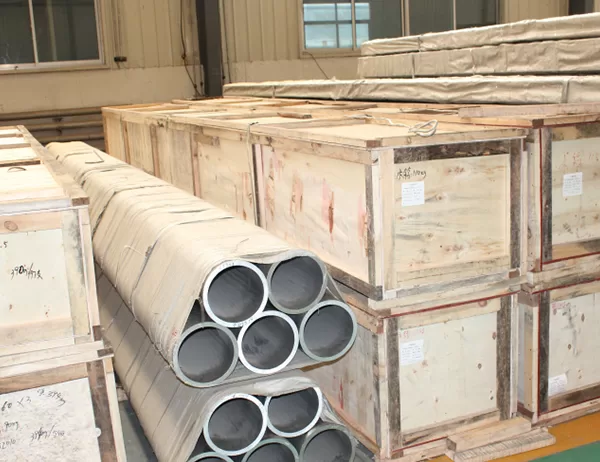The production of aluminum tubes has significantly advanced in recent years, particularly in the realm of 100mm tubes. Manufacturers have implemented cutting-edge technologies and methodologies to enhance production efficiency, quality, and cost-effectiveness. This comprehensive review delves into the key innovations that are transforming the 100mm aluminum tube manufacturing landscape.
Advancements in extrusion technology have played a pivotal role in improving the structural integrity and dimensional accuracy of 100mm aluminum tubes. Utilizing state-of-the-art extrusion presses, manufacturers can control the flow of molten aluminum with greater precision, resulting in tubes with consistent wall thickness, smooth surfaces, and enhanced mechanical properties. The optimization of extrusion parameters, such as temperature, pressure, and speed, has enabled the production of tubes with superior strength-to-weight ratios, making them ideal for demanding applications in construction, aerospace, and automotive industries.
The joining of aluminum tubes requires meticulous attention to detail to ensure both structural integrity and leak-proof performance. Innovative welding and bonding techniques have revolutionized this aspect of 100mm aluminum tube manufacturing. Advanced welding processes, such as laser welding and friction stir welding, provide precise and highly localized heating, minimizing distortion and heat-affected zones. Additionally, the integration of advanced adhesives and bonding agents has further enhanced joint strength and durability, reducing the risk of leaks and failures in demanding applications.
The surface of 100mm aluminum tubes can be treated using various methods to enhance their corrosion resistance and aesthetic appeal. Advanced anodizing processes create a protective oxide layer that increases the tube’s resistance to wear, corrosion, and chemicals. Powder coating, on the other hand, offers a wide range of color options and textured finishes, allowing for customization to meet specific design requirements. These surface treatments not only improve the tube’s durability but also enhance its visual appeal, making it suitable for both functional and decorative applications.
The environmental impact of aluminum tube manufacturing is an increasingly important consideration. Manufacturers have embraced sustainable practices to reduce their carbon footprint and minimize waste. The use of recycled aluminum and energy-efficient processes has significantly reduced the overall environmental impact of 100mm aluminum tube production. Implementing closed-loop systems and optimizing material utilization have further enhanced sustainability, reducing the depletion of natural resources and contributing to a more eco-friendly manufacturing process.
Automation and digitalization have transformed the efficiency and precision of 100mm aluminum tube manufacturing. Advanced automated systems have streamlined production processes, reducing manual labor, and minimizing human error. The integration of sensors and data analytics enables real-time monitoring and control, optimizing process parameters and ensuring consistent quality. Digital modeling and simulation tools have also facilitated the development and optimization of new products, reducing development time and costs while enhancing product performance.
Innovations in 100mm aluminum tube manufacturing have significantly revolutionized the industry, leading to the production of high-quality, durable, and versatile tubes. Advanced extrusion technologies, precision welding and bonding, surface treatments, sustainable practices, and automation have collectively transformed every aspect of the manufacturing process. As the industry continues to embrace innovation, we can anticipate further breakthroughs and advancements that will push the boundaries of 100mm aluminum tube manufacturing, enabling new applications and unlocking unprecedented possibilities.
